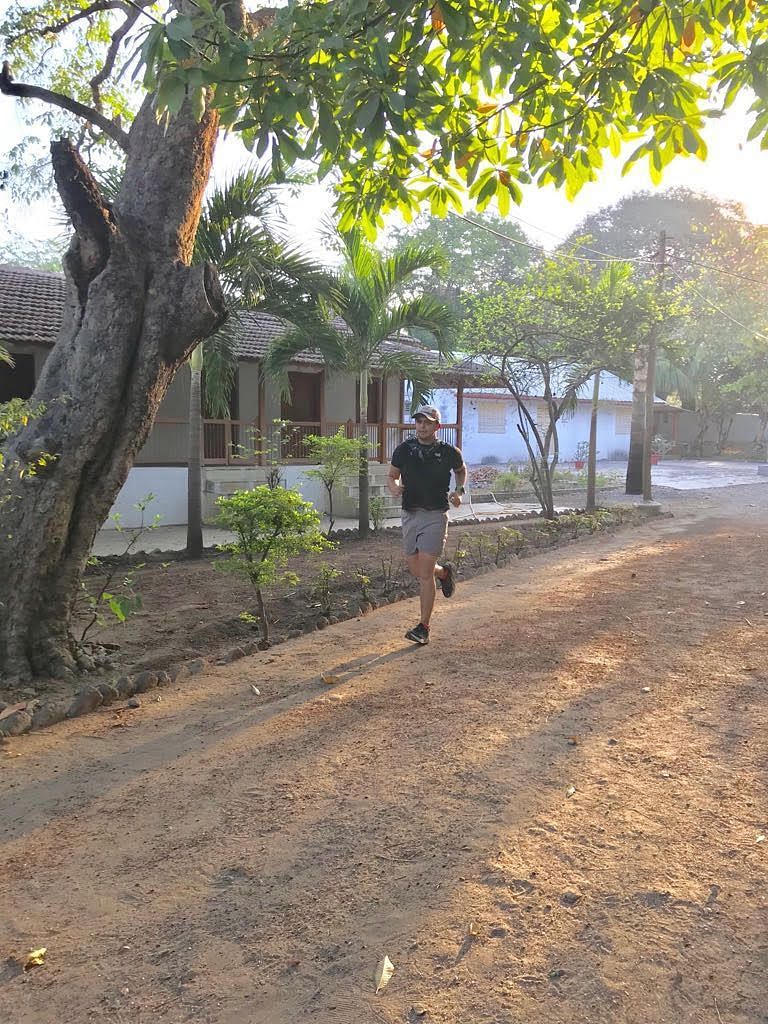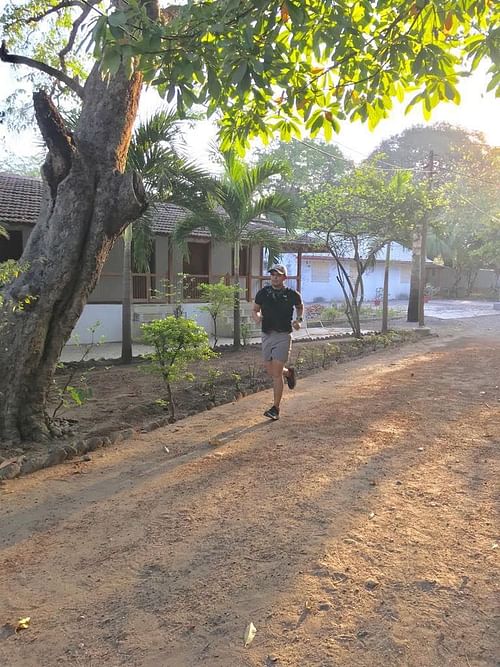
Trail Sports & Rules, Trail Running Etiquette
Trail running is about getting vagabonded into the wilderness. It satisfies the fundamental need for movement through the countryside and landscapes, supposedly left over from our days as hunters. When things whirl out of control in an age of iPods and Droids, running in the nature is one thing we can count on to be very much the same as it’s always been.
Trail running has done more than making me a robust, substantial cheerful runner: It has made me an ultra trail runner, period. For five years before finding the bravery and initiative to learn a new variant of running, I ran stringently on tar roads and tracks. I relished the daily routine of my training. But I refused to call myself a runner until I could truly cherish the act of running for its own sake.
Trail running is not just about ravishing views, however, it also provides a different kind of workout from the road. And the different terrain means you need to change your style, the main reason being the asymmetrical surfaces on most trail paths. You’ll need to carefully balance your speed with safety. Go too fast and you could soon find yourself falling down or suffering an injury.
Why is trail running popular?
Simple answer: Running like a barbarian boy or girl through the forests fosters the soul.
So what does the road runner have to gain from venturing out into the wilderness?
Reduced risk of injury. The soft, ever-varying surface of the trail reduces the probability of an overuse injury, strengthens core muscles, and ultimately makes for more relaxed long runs than asphalt. The adrenaline rush that road running just can’t give you. It should come as no surprise that getting marinated in the crux of the forest results in a justifiably larger volume of endorphin release than does breathing in tarmac smog.
Compared to hitting the pavement, trail running burns 10 percent more calories, while improving equivalence and swiftness. Runners get a hard workout because the uneven terrain demands more sideward movements that keep the body engaged. Trail running also activates different muscles with every step, while a shorter stride reinforces ankles and hips and reduces the bounce on joints. Many elite runners incorporate trail running into their training to prevent overuse injuries.
Protocols you may consider for your Trail Run
1. Identify a trail.
By far the best way to start trail running is to find a local group of trail adventurers and run with them. They’ll know the best trails in your area and help you kick off. I got into trail-running by participating through various events; you can search for running clubs or even form a trail running circle with your close friends and trail out.
Be aware to categorize between non-technical and technical trails. Non-technical trails are dirt roads, paved, or gravel, that are easy to run. Technical trails are narrow, dirt or rocky paths offering every mix of challenge that most people associate with trail running.
2. Ease out and take short, quick strides.
You will most probably run about 20 percent slower on trails for a given level of toughness than you would on roads. You’ll find lofty hills, side-to-side movements, and lots of obstructions to deal with. Trail running is most fun when you forget about pace and do what feels good. It’s all about “Peace” & not “Pace”
Shorten your stride so that your weight is over your feet most of the time; this allows you to react quickly and maintain balance. You’ll find that trail running works your core and stabilizer muscles more than road running, so it may help to focus on keeping your body engaged.
3. Do not resist to walk the hills.
The most certain way to identify a road runner on the trails is to look for the guy who runs past everybody on the uphills, only to be passed again on the downhills. Most Trail runners know that it’s usually more skillful to walk up the steep hills and preserve energy to make up time on the way down.
4. Examine the surface five to ten feet in front of you as you run.
When you are running trails, you need to be vigilant to where you step. But you certainly don’t want to be staring straight down at your feet the whole time.
Continuously scrutinize the ground a few meters ahead of you while you’re running. As you notice an approaching obstacle, shift your focus to your feet to do whatever is necessary to clear the obstruction. And don’t be lazy—raise your feet a little higher than you think is required to avoid a root or rock.
5. Keep a mindful distance from other runners.
If you’re going to focus on the ground in front of you, it helps if you can actually see it. If that’s not enough reason to keep your distance, trail runners are required to juggle speeds all the time, rarely with cautioning.
6. Take care for unstable and greasy roots and rocks.
If you can step over a fallen tree, root, or large rock, rather than on it, do it. Lots of them are more slippery than they look. And when crossing rivers or small waterfalls, it’s often safer to walk directly through the water than to try to jump across wet rocks.
7. Take precaution to deal with wildlife.
Whenever possible, run with a friend. Bring a map if you’re running a new trail for the first time. Ensure that you are carrying the mandatory gear such as Hydration Pack, Head Torch with spare batteries, Cell phone, Whistle, Pocket knife, Survival blanket, empty zip locks to throw away waste, course map print out, dehydrated food and first aid kit. Bring along pepper spray if you’re running alone. Stay cognized of the area you’re running—how to deal with the wildlife, when and where hunting takes place, sunrise, sunset and anything else that might pose a danger.
Trail running is a complex and long-term effort, one that requires constant monitoring and adjustments. At the same time, Trail running is not a sport it’s a relationship! I hope your 2018 is at a good start with health and wellness. Happy Trails!
As always, I look forward to your comments.
